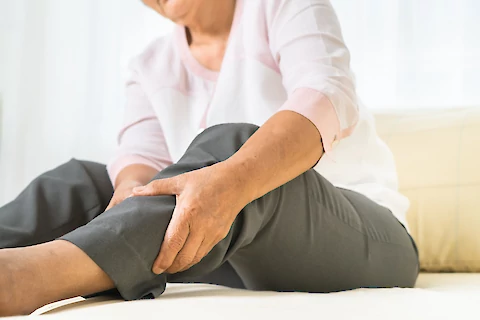
Shin splints can be a pesky obstacle for many of us, especially seniors who are trying to stay active and healthy. This common issue, often experienced as a nagging pain along the shin bone, is nothing to brush off. In fact, it can significantly impact the quality of our golden years.
Whether you are a senior yourself or caring for one, understanding shin splints, their causes, symptoms, and how to prevent and treat them can make a world of difference. Get to know more about this often overlooked condition.
What are Shin Splints?
Shin splints are known to the medical community as medial tibial stress syndrome. They typically develop after drastic or sudden changes in physical activity. This could be increasing the intensity of workouts, changing from low-impact to high-impact exercises, or even switching your walking or running surface. Seniors, due to age-related wear and tear, may find themselves more susceptible to this condition.
Shin splints often manifest as a dull ache within the lower part of the leg and are usually felt in the front. The pain can be persistent or can come and go. Some might also experience swelling in the lower leg and tenderness or soreness along the inner part of it.
How to Prevent Shin Splints
Preventing shin splints in seniors largely revolves around maintaining a consistent fitness routine without sudden increases in intensity. Regular stretches that strengthen the legs and hips and improve balance can be beneficial. It's also important to invest in proper athletic footwear that provides adequate support and comfort for the type of activity you or your senior loved one is engaging in.
Let's not forget the power of a balanced diet. Consuming foods rich in calcium and vitamin D helps to maintain strong, healthy bones and muscle tissue. This is crucial in preventing conditions like shin splints in seniors.
Treatment Options for Shin Splints
When you suspect you're experiencing shin splints, don't hesitate to seek professional medical help. Doctors can offer tailored treatment plans to provide relief and healing. This may involve anti-inflammatory medications (NSAIDs), physical therapy, orthotic devices, or, in severe cases, even surgery.
Rest is imperative when it comes to recovering from shin splints. Reducing or entirely halting the activities causing the pain gives the body a chance to heal.
Home Care Remedies for Shin Splints
Aside from medical treatments, several effective home remedies can assist in recovery. Simple practices like icing the affected area, gentle stretching, and over-the-counter pain relievers (when necessary) can offer some relief. More holistic options include essential oils, like lavender or peppermint, that have anti-inflammatory properties when massaged onto the painful area.
All these remedies can contribute to overall well-being by reducing inflammation, easing pain, and improving mobility. This allows seniors to comfortably engage in activities they enjoy, promoting better mental and physical health.
Senior Helpers Danbury Offers Suggestions and Support
Looking after our health as we age is paramount. Understanding, preventing, and treating conditions like shin splints can significantly improve the quality of life for seniors.
For further help with shin splints or any senior-related health needs, contact us at Senior Helpers Danbury. We are here to provide professional assistance, ensuring the comfort and well-being of seniors in Litchfield County, Fairfield County, Danbury, Newton, and New Milford. Your healthy, active golden years are our top priority.